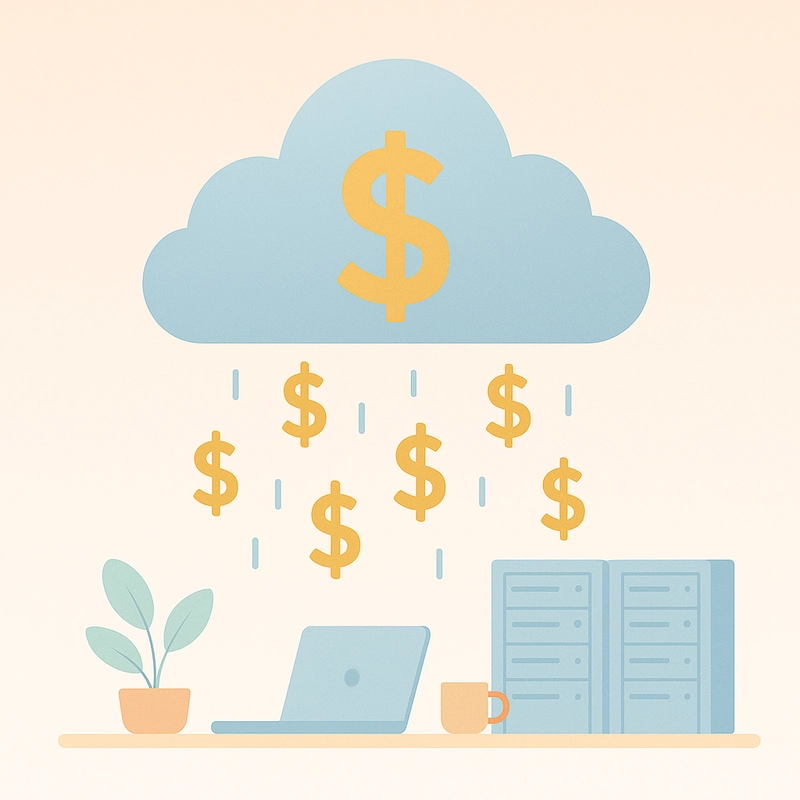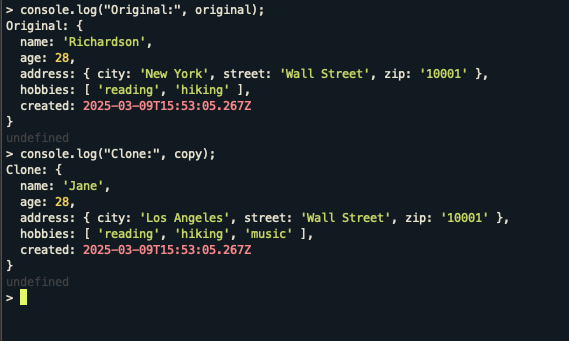The Hidden Costs of GCP Data Engineering: Are Idle Resources Draining Your Budget?
As more organizations migrate to the cloud and embrace Google Cloud Platform (GCP) for building scalable data pipelines, a key promise is cost efficiency. However, many data teams discover that their monthly bills tell a different story—unexpected spikes, unexplained charges, and ballooning storage costs. The culprit? Idle and misconfigured resources that quietly accumulate charges behind the scenes. The Invisible Drain on Your Cloud Budget GCP’s pay-as-you-go pricing model is designed for flexibility, but it also means every active—or inactive—resource matters. For example: • BigQuery charges for storage even if datasets aren’t queried for months. • Persistent disks keep incurring costs even after their connected VMs are shut down. • Dataflow jobs can continue running in the background if not properly monitored. • Default settings, such as overprovisioned VM instances or replicated storage, are optimized for performance—not cost. These scenarios create what many engineers refer to as “cloud waste”—resources that offer no value but still cost money. Why Does This Happen? In fast-paced environments, engineers often spin up resources for testing, development, or one-time jobs. Without proper cleanup or tagging, these resources go unnoticed. Additionally, cloud cost monitoring isn’t always prioritized during early development stages, leading to blind spots in usage patterns. How to Prevent It Preventing these hidden costs requires a combination of proactive management and tooling: • Set Budgets & Alerts: GCP allows you to define budget thresholds and send alerts before overspending. • Use GCP Recommender: It highlights underutilized resources and offers suggestions for optimization. • Automate Shutdowns: Schedule automatic termination of VMs, Dataflow jobs, or test environments. • Tag Everything: Tag resources by environment (e.g., dev, test, prod) and owner to improve accountability and tracking. • Regular Audits: Review your cloud usage monthly to identify and decommission idle resources. Conclusion GCP provides powerful tools for modern data engineering, but with great power comes great responsibility—especially when it comes to managing cost. Recognizing and addressing the hidden costs of misconfigured and idle resources can protect your cloud investment and help your team scale responsibly.

As more organizations migrate to the cloud and embrace Google Cloud Platform (GCP) for building scalable data pipelines, a key promise is cost efficiency. However, many data teams discover that their monthly bills tell a different story—unexpected spikes, unexplained charges, and ballooning storage costs. The culprit? Idle and misconfigured resources that quietly accumulate charges behind the scenes.

The Invisible Drain on Your Cloud Budget
GCP’s pay-as-you-go pricing model is designed for flexibility, but it also means every active—or inactive—resource matters. For example:
• BigQuery charges for storage even if datasets aren’t queried for months.
• Persistent disks keep incurring costs even after their connected VMs are shut down.
• Dataflow jobs can continue running in the background if not properly monitored.
• Default settings, such as overprovisioned VM instances or replicated storage, are optimized for performance—not cost.
These scenarios create what many engineers refer to as “cloud waste”—resources that offer no value but still cost money.
Why Does This Happen?
In fast-paced environments, engineers often spin up resources for testing, development, or one-time jobs. Without proper cleanup or tagging, these resources go unnoticed. Additionally, cloud cost monitoring isn’t always prioritized during early development stages, leading to blind spots in usage patterns.
How to Prevent It
Preventing these hidden costs requires a combination of proactive management and tooling:
• Set Budgets & Alerts: GCP allows you to define budget thresholds and send alerts before overspending.
• Use GCP Recommender: It highlights underutilized resources and offers suggestions for optimization.
• Automate Shutdowns: Schedule automatic termination of VMs, Dataflow jobs, or test environments.
• Tag Everything: Tag resources by environment (e.g., dev, test, prod) and owner to improve accountability and tracking.
• Regular Audits: Review your cloud usage monthly to identify and decommission idle resources.
Conclusion
GCP provides powerful tools for modern data engineering, but with great power comes great responsibility—especially when it comes to managing cost. Recognizing and addressing the hidden costs of misconfigured and idle resources can protect your cloud investment and help your team scale responsibly.



































































